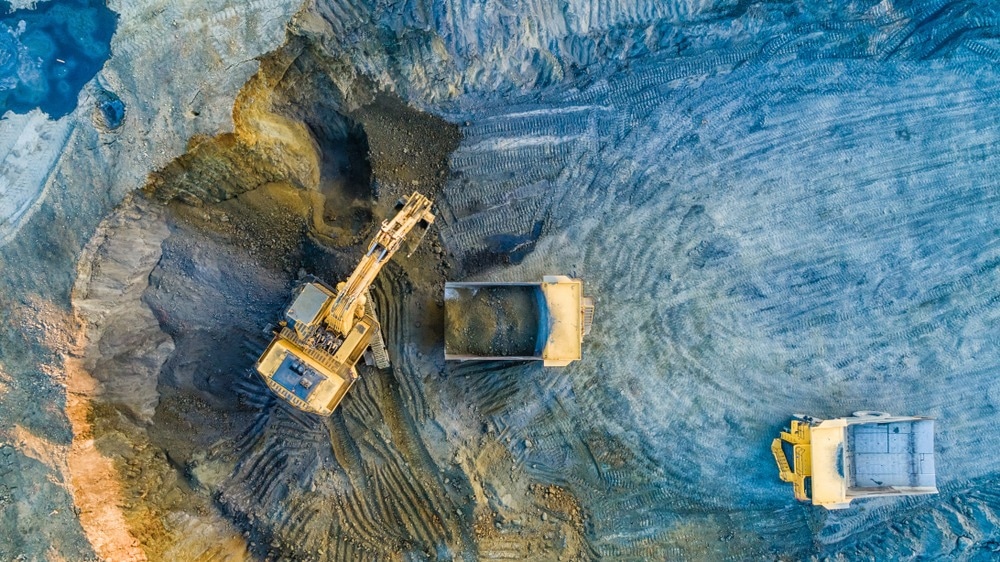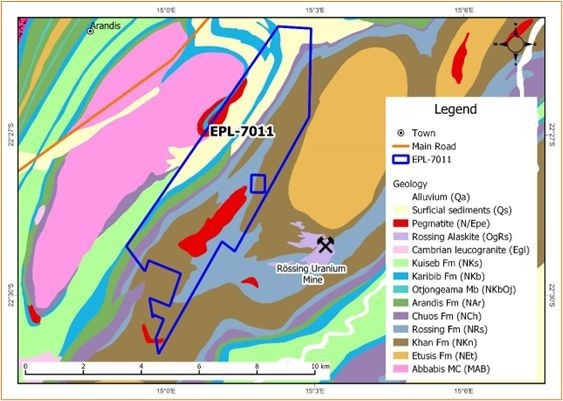Madison Metals Inc., a green energy resource company, reported the delineation of two new uranium anomalies at its Rössing North Uranium Project located in Namibia, Africa. It is one of the top uranium-producing countries in the world.

Image Credit: Evgeny_V/Shutterstock.com
Madison is all set for continuing exploration progress on its Exclusive Prospecting License 7011 (EPL-7011), a significant untested anomaly near the Rössing Uranium Mine in the famous Erongo uranium province of Namibia.
These very encouraging results have confirmed the expected high potential of EPL-7011. ur team expects to plan drilling of the anomalies to further define the potential for a major uranium deposit on Madison’s Rössing North Project.
Duane Parnham, Executive Chairman and CEO, Madison Metals Inc.
Airborne radiometric data obtained from the Namibian Ministry of Mines and Energy denoted high uranium with low thorium values in more than Madison’s sole license area. So far, exploration activities have concentrated on field validation of the uranium anomalies through a systematic geological and ground radiometric survey.
The field validation verifies the existence of uranium anomalous sheeted alaskites intruding on the Khan Formation, which is capped by the Rössing formation.
EPL-7011
In June 2022, the Namibian Ministry of Mines and Energy accepted the transfer of EPL-7011 to Pennyworth PTY, which is majority-owned by Madison (85%), with Namibian collaborators holding 15%. EPL-7011 and EPL-8513, whose transfer is in progress, make up Madison’s Rössing North Uranium Project.

Geology of EPL-7011. Image Credit: Madison Metals Inc.
EPL-7011 spans a complete area of 26.13 km2 and is situated instantly west of the 3.5-km-long Rössing Uranium Mine. The hugely neglected EPL consists of units of the Damara Supergroup constituted by the Khan, Rössing, Chuos, Arandis, and Karibib Formations.
Sheeted alaskites interfere with the Khan Formation, which is a positive stratigraphic setting for Rössing-type deposits in Central Namib. A range of synforms and antiforms, such as isoclinal folding, also take place over the license area.
Ground Radiometric and Geological Survey
The survey was performed over a station spacing of 10 m and a line spacing of 80 (m) throughout the airborne radiometric anomalies in the area. The anomaly found in the SE portion of the EPL could be divided into two: the north-easternmost anomaly and south-westernmost anomaly.
However, both the anomalies share the same style of mineralization, kind of lithologies, and structural setting. The lithologies in the area consist of a general northeast strike and sharply dip towards the southeast. The alaskites happen inside isoclinal folding closures next to the Khan-Rössing Formation boundary.
The radiometric readings obtained from such alaskites alter from 600 to 6,000 counts per second. The ground radiometric surveying displays that the uranium anomaly consists of a strike extent ranging 3.4 km at the north-easternmost anomaly and 650 m at the south-westernmost anomaly.
The survey that was taken over the north-easternmost anomaly could not be expanded additionally towards the north-east as a result of the Rössing Mine fence. Permission will be needed from Rössing to extend the survey further to the northeast.